Why it’s vital to keep an open mind when planning the future workplace predictions
Human beings have always been obsessed with the future and what it holds. From soothsayers in the Middle Ages, seers, mediums, tarot readers all the way to the ubiquitous horoscopes, the world is full of people attaching themselves to outcomes. Even the recent election was awash with so-called ‘experts’ touting their prognoses, many of which turned out to be spurious. In the end, the future will unfold on its own without our input – and it might not resemble our imagined version in the slightest. We can merely speculate.
But, when it comes to the world of work, businesses of all shapes and sizes have good reason to want to pin down likelihoods. Office space doesn’t come cheap, and today’s leases are long – so much can be lost by making an investment wrong-turn. There do need to be some fairly stable indicators of how the world of work will look five, ten, fifteen, twenty or more years, for any progress to occur, but what are they?
Major shifts
If we take what we know now, and distill it down to fairly basic common-sense, we can get some idea of the way of the future. One thing’s for certain, the workplace landscape we’re familiar with will change markedly over the next quarter-century, as innovation and technology forge ahead and necessitate major shifts in design and operation. This is already starting to happen, as many forward-thinking companies embrace alternative workspace models, and colleagues become more connected and work smarter. Increasingly, we see the traditional office set-up morphing into a series of zones designed to better meet the respective needs of workmates involved in collaborative projects, those immersed in intensive solo pursuits, or those who just want to enjoy some old-fashioned time-out from relentless connectivity. And, given technology will continue to blur the boundaries between work and leisure-time, this seems to be a fairly sound move, regardless of how the future will pan out. Promotion of better health at work is becoming important, too, as employers realise the benefits of keeping their employees fit and well. And that doesn’t simply mean running yoga or spin classes at lunchtime, it means considering the long-term harm that poorly-thought-through furniture can do to posture, or bad lighting can do to morale.
Similarly, more work is already being done off-site, thanks to technology freeing us up to work independently, which is just as well because available, affordable housing is being pushed ever further from city centres. Many employees are opting to work at home some of the time, or taking advantage of popular co-working spaces which are emerging, where they can rent a desk or space on demand for an hour, a day, or a week, as needs dictate. Consequently, there’s not so great a need for large offices to accommodate the whole workforce at once, so employers can safely take on less space, without the worry of compromising profitability. The prediction is that more and more companies will downsize as time goes on, choosing fit-for-purpose buildings, with office fit-outs and furniture following suit.
Major advantage
The key thing to remember in this uncertain, but fast-moving and exciting period of history, is that open-mindedness will give companies a major advantage. We can’t know the future, but we can look at the real and the imagined possibilities, remain flexible in our approach and plan with future transition in mind.
Technology is king now, and everything will necessarily evolve from it. Just as, ten years ago, we didn’t know how much influence it would have over our daily lives, so we can’t know precisely the effect it will have on the future, we only know it’ll be massive. But, ultimately, the connection and collaboration it offers can be hugely beneficial to employers and employees alike, not to mention saving on costs.
The phenomenon known as ‘The Internet of Things’ is currently in its infancy, but it will surely come of age. Sooner than we all think, the products and gadgets we all rely on now will give way to all-encompassing networks that seamlessly snake through our surroundings, capturing data from us to run every part of our lives. Despite this sounding scary and intrusive, it will hone and personalise individual environments, which will, in turn, improve efficiency, productivity and, ultimately, work/life satisfaction.
Pressure
There’s no question – industry increases the toll on the environment in all sorts of ways, via heating or cooling systems, transportation, waste – you name it, so it’s obvious to expect environmental concerns to be at the forefront of workplace building decisions – with pressure both from government bodies and the workforce itself to be clean and green. All those involved in the creation of buildings – from architects, engineers and builders through to workspace designers – will each need to play their part in reducing environmental impact. Alternative materials will need to be sought, new energy sources identified, and innovative solutions to climate-change issues addressed. Work-related travel may become a thing of the past and, hopefully, the folly – and hypocrisy – of holding environmental summits in far-flung destinations will be agreed upon, and replaced by via high-definition video links.
And then there are the things we can’t possibly contingency-plan for. What if…
- the much-anticipated pandemic happens, wiping out much of the world’s population?
- our viability is irreversibly challenged by a serious global security scare?
- a hostile extra-terrestrial species invades?
- our unending quest to create life ends in singularity, and the robots we’ve created take over and destroy us?
- our systematic, centuries-long rape of this earth means that we can no longer survive here, so we have to find a new planet to call home?
- compulsory micro-chipping is compulsory for all human beings – and data gets into the wrong hands?
- World War 3 happens?
- World War 3 happens – with hostile aliens, robots, Trump, Kim Jong Un, and us mere humans all fighting for world domination?
All a bit sobering: we live in interesting times. The future won’t be dull, but it will bring changes good and bad. What’s abundantly clear is that we have to be prepared to roll with them.
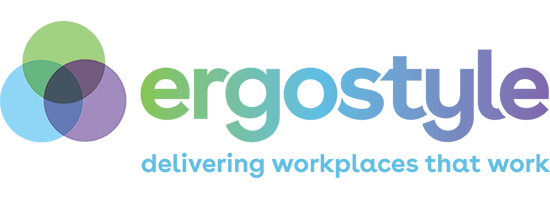
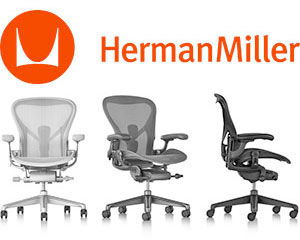
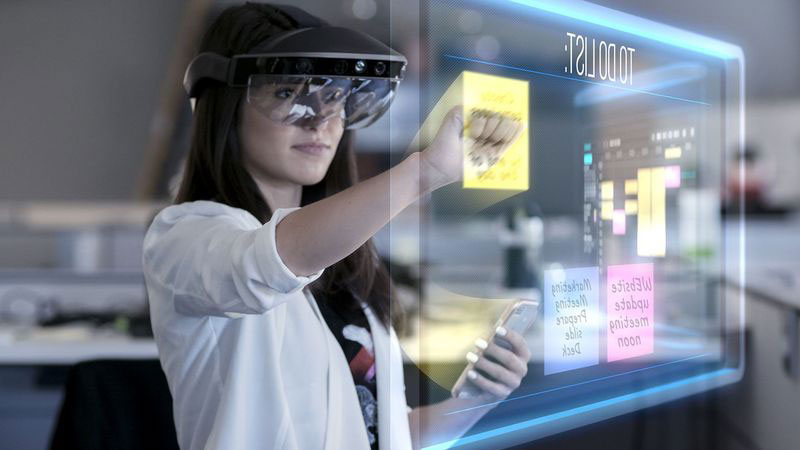
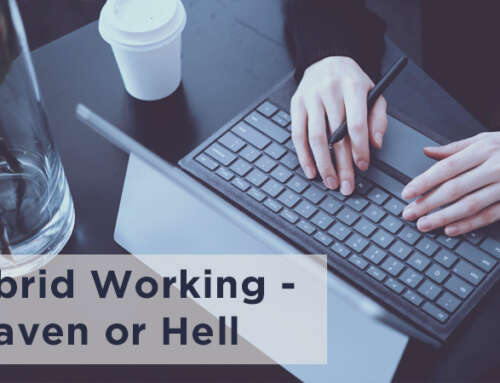
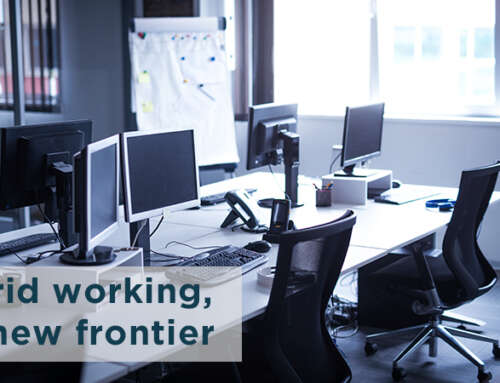
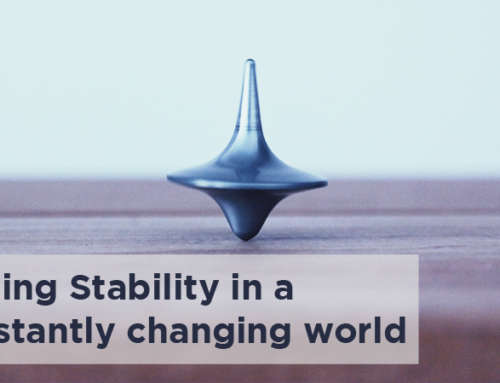
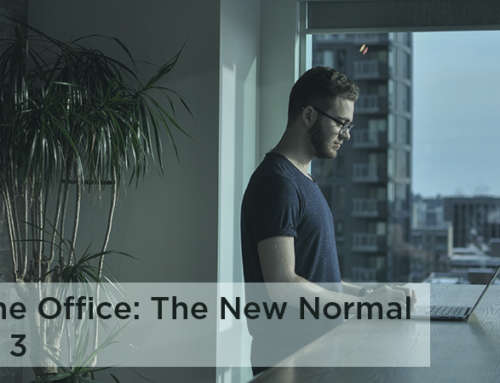
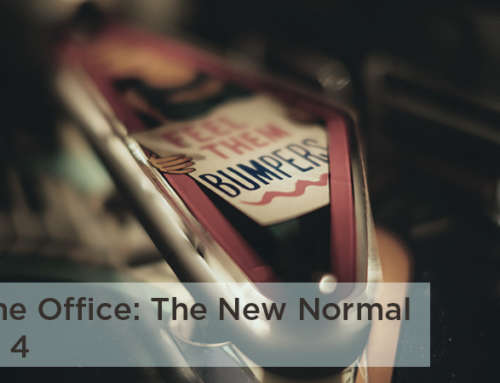
Leave A Comment
You must be logged in to post a comment.